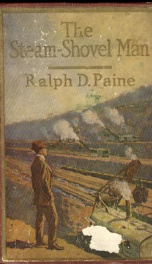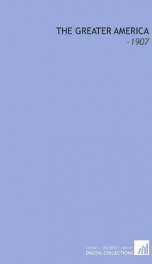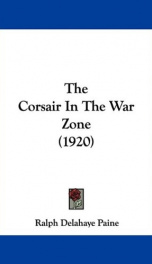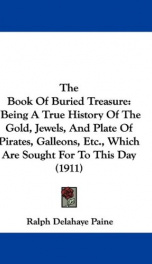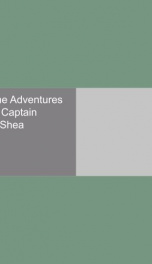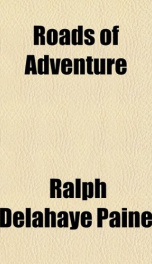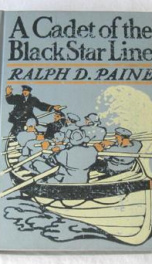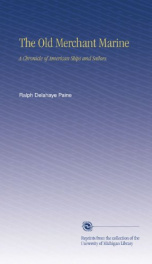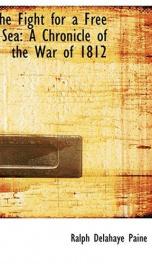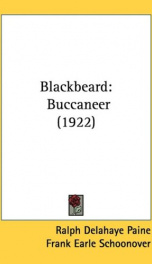lost ships and lonely seas
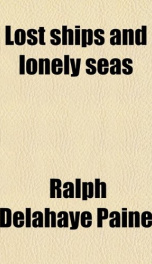
Purchase of this book includes free trial access to www.million-books.com where you can read more than a million books for free. This is an OCR edition with typos. Excerpt from book: CHAPTER IV THE WHECK OF 1HEBLENDEN HALL EAST INDIAMAN IN this harassing modern age of a world turned upside down and bedeviled with one more problem after another, fancy turns with fond regret to those lucky sailormen who lingered on little, sea-girt isles and lorded it as monarchs of all they surveyed. Many an old forecastle had a Robinson Crusoe, hairy and brown and tattoed, who could spin strange yarns of years serenely passed among the untutored natives of the Indian Ocean or the South Seas. Now and then one of them had lived in more solitary fashion on some remote, unpeopled strand, a hermit cast up by the sea, and was actually contented because he had freed himself of the tyranny of bosses and wages and trousers and all the other shackles of civilization. Alas! there are no more realms like these. The wireless mast lifts above the palm-trees, and the steamer whistle blows to recall the tourists from the beaches where the trade-winds sweep. There are still some very lonely places on the watery globe, however, and one of them is the tiny group of threevolcanic islands in the South Atlantic which is known as Tristan da Cunha. These bleak rocks lie two thousand miles west of the Cape of Good Hope and four thousand miles to the northeast of Cape Horn. They loom abruptly from a tempestuous ocean, which lashes the stark, black cliffs, and there are no harbors, only an occasional fringe of beach a few yards wide. Tristan, the largest of the group, lifts a snow- clad peak almost eight thousand feet above the sea as a warning to mariners to steer wide of the cruel reefs. It has a small plateau where green things grow, and living streams and cascades of fresh water. The islands were discovered as early as 1506 by the Portuguese admiral, Tristan da Cunha, and in later years ...
Info about the book
Author:
Series:
Unknown
ISBN:
1564585999
Rating:
4/5 (3)Your rating:
0/5
Languge:
English
Users who have this book
Users who want this book
What readers are saying
What do you think? Write your own comment on this book!
write a commentif you like lost ships and lonely seas try:
Do you want to read a book that interests you? It’s EASY!
Create an account and send a request for reading to other users on the Webpage of the book!

